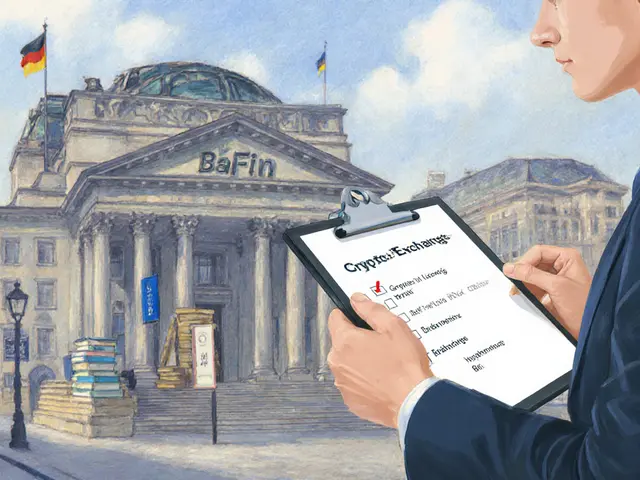Blockchain Scaling: Solutions, Challenges, and Real-World Impact
When you send Bitcoin or Ethereum, it doesn’t just vanish into thin air—it gets added to a growing list of transactions called a blockchain, a decentralized digital ledger that records every transaction across a network of computers. Also known as distributed ledger technology, it’s the backbone of crypto—but it wasn’t built for millions of users trading every second. That’s where blockchain scaling comes in. Without it, networks get clogged, fees spike, and transactions take minutes—or hours—to confirm. You’ve felt it: paying $20 to send $50 worth of ETH, or waiting 10 minutes just to swap tokens. That’s not normal. That’s a scaling problem.
Scaling isn’t just about speed. It’s about making blockchains usable at scale. Layer 2 solutions, systems built on top of main blockchains to handle transactions off-chain and settle them in batches, like Polygon and Arbitrum, are already cutting fees by 90% for millions of users. Then there’s proof of stake, a consensus method that replaces energy-hungry mining with staking, slashing power use and boosting throughput. Ethereum’s shift to proof of stake in 2022 didn’t just make it greener—it laid the groundwork for faster, cheaper transactions. But scaling isn’t solved yet. Iceland’s crypto mining ban shows how energy limits can cap growth. Nigeria’s crypto boom proves demand outpaces infrastructure. And tokens like DEFIANT or PINK? They’re stuck on slow chains because nobody built the pipes to handle them.
Real scaling means more than tech specs. It’s about who gets to use crypto, how fast, and at what cost. If you’re buying a meme coin, holding NFTs, or running a business that accepts crypto, you’re affected by whether the chain can keep up. The posts below dig into the messy reality: why mining in Iceland hit a wall, how tokenized real estate needs faster networks, why Nigerian users bypass slow banks with crypto, and how exchanges like ZBG and VyFinance struggle when the network bogs down. You’ll see how confirmation times stop double-spends, how validators keep things running, and why some tokens fail not because they’re scams—but because the chain beneath them can’t handle the load.

Learn how state channels work, their benefits, drawbacks, real-world use cases, and how to get started with this blockchain scaling technology.
Jonathan Jennings Oct 26, 2025




